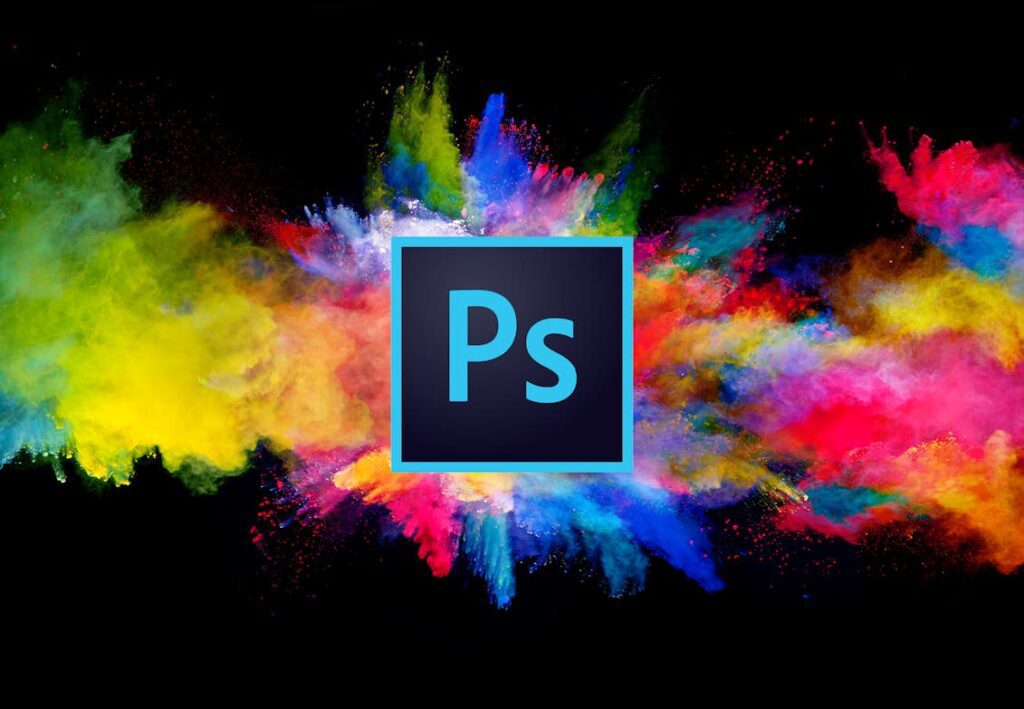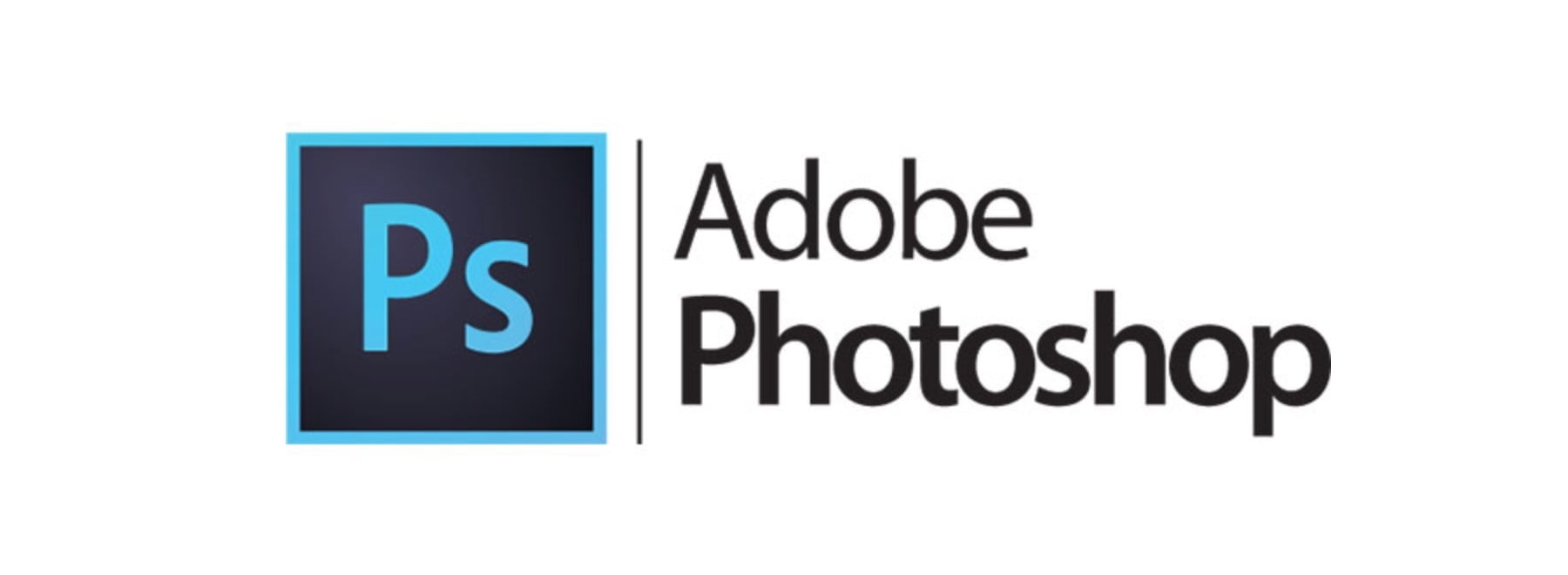Table of Contents
Introduction
Adobe Photoshop is the leading photo editing software used by professionals and enthusiasts worldwide 🌎. Whether you’re a graphic designer, photographer, or just someone who enjoys playing around with photos, Photoshop offers a wide range of tools and features to help you achieve your creative vision 🎨.
In this blog post, we’ll explore the different ways to install Adobe Photoshop, the types of file extensions it supports, how to use the application to read, edit, and create images, and much more. Let’s dive in!

Different Ways to Install Adobe Photoshop
Method 1: Adobe Creative Cloud
The most common way to install Adobe Photoshop is through the Adobe Creative Cloud 🌐. This method ensures you always have the latest version of the software with all the updates.
- Sign Up: Create an Adobe ID if you don’t have one already.
- Download Creative Cloud: Visit the Adobe Creative Cloud website and download the Creative Cloud app.
- Install Photoshop: Open the Creative Cloud app, find Photoshop, and click “Install”.
Method 2: Standalone Installer
If you prefer not to use Creative Cloud, you can download the standalone installer directly from Adobe’s website.
- Visit Adobe’s Download Page: Go to the Adobe Photoshop download page.
- Choose Your Version: Select the version of Photoshop you want to download.
- Download and Install: Follow the on-screen instructions to download and install Photoshop.
Method 3: Using a Portable Version
For those who need to use Photoshop on multiple devices without installation, a portable version can be a great option.
- Find a Reliable Source: Look for a reputable site that offers a portable version of Photoshop.
- Download and Extract: Download the portable version and extract it to a USB drive or any other portable storage.
- Run Photoshop: Open the folder and run the executable file to start using Photoshop without installation.
Method 4: Torrent Using Bigly
File Extensions Supported by Adobe Photoshop
Adobe Photoshop supports a wide range of file formats 📂, making it a versatile tool for different types of projects. Here are some of the most common file extensions you can work with:
- PSD: Photoshop’s native file format.
- JPEG: Commonly used for web images and photographs.
- PNG: Supports transparency and is used for web graphics.
- TIFF: High-quality image format used in publishing.
- GIF: Used for simple web graphics with limited colors.
- PDF: Adobe’s portable document format.
- RAW: Unprocessed images from digital cameras.
Using Adobe Photoshop
Reading and Editing Photos
Photoshop makes it easy to open and edit a variety of image files. To open an image:
- File > Open: Navigate to the File menu and select “Open”.
- Choose Your File: Browse your computer for the image file you want to edit and click “Open”.
Once your image is open, you can use Photoshop’s extensive toolkit to make adjustments. Here are some basic editing options:
- Crop Tool: Trim and straighten your images.
- Adjustment Layers: Non-destructive adjustments like brightness, contrast, and color balance.
- Healing Brush: Remove imperfections and blemishes.
Creating New Images
To create a new image in Photoshop:
- File > New: Navigate to the File menu and select “New”.
- Set Parameters: Choose your image dimensions, resolution, and background color.
- Create: Click “Create” to start with a blank canvas.

Retouching and Editing Tools
Photoshop offers a variety of tools for both basic and advanced photo retouching and editing 🔧.
Basic Tools
- Move Tool: Move selections or layers.
- Marquee Tool: Make rectangular, elliptical, single row, and single column selections.
- Lasso Tool: Freehand, polygonal, and magnetic selections.
- Brush Tool: Paints brush strokes.
- Clone Stamp Tool: Duplicate image areas.
Advanced Tools
- Content-Aware Fill: Automatically fills a selected area with matching content.
- Smart Objects: Non-destructive layers that can be edited separately.
- Liquify Tool: Distort images by pushing, pulling, rotating, and reflecting pixels.
- Camera Raw Filter: Apply adjustments typically made in Adobe Camera Raw.
Configuring Photoshop for Optimal Performance
To ensure Photoshop runs smoothly, you can configure its settings for optimal performance 🚀.
- Memory Usage: Increase the amount of RAM allocated to Photoshop.
- Scratch Disks: Designate fast, high-capacity drives as scratch disks.
- History & Cache: Adjust history states and cache levels based on your workflow.
- Graphics Processor Settings: Enable or disable GPU acceleration depending on your hardware.
Activating Adobe Photoshop
There are several ways to activate Adobe Photoshop 🔑:
- Creative Cloud Subscription: Sign in with your Adobe ID linked to your subscription.
- Single App License: Purchase a standalone license and enter the serial number during installation.
- Enterprise Activation: Use your organization’s license key for activation.
Conclusion
Adobe Photoshop is an incredibly powerful tool for photo editing and graphic design. Whether you’re installing it for the first time or configuring it for optimal performance, this guide should help you get started and make the most of its extensive features.
For more information and downloads, visit the Adobe Photoshop page. Happy editing! 📸✨
Remember to stay updated with the latest features and enhancements by visiting Adobe’s Official Blog.
By following this guide, you’ll be well-equipped to install, configure, and use Adobe Photoshop like a pro. Enjoy your photo editing journey!




